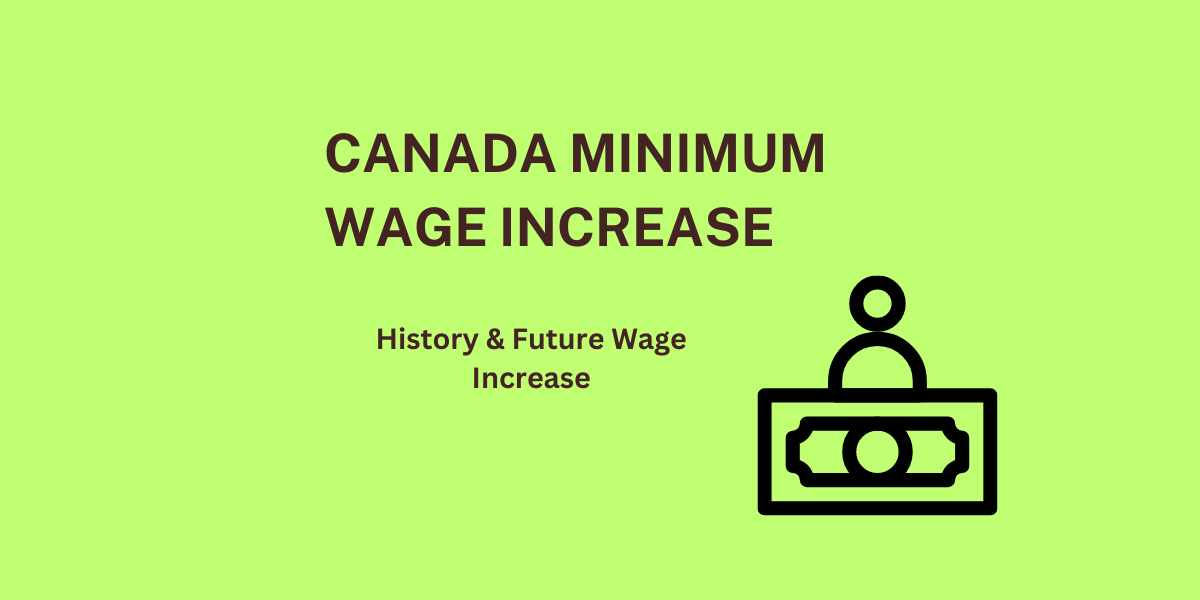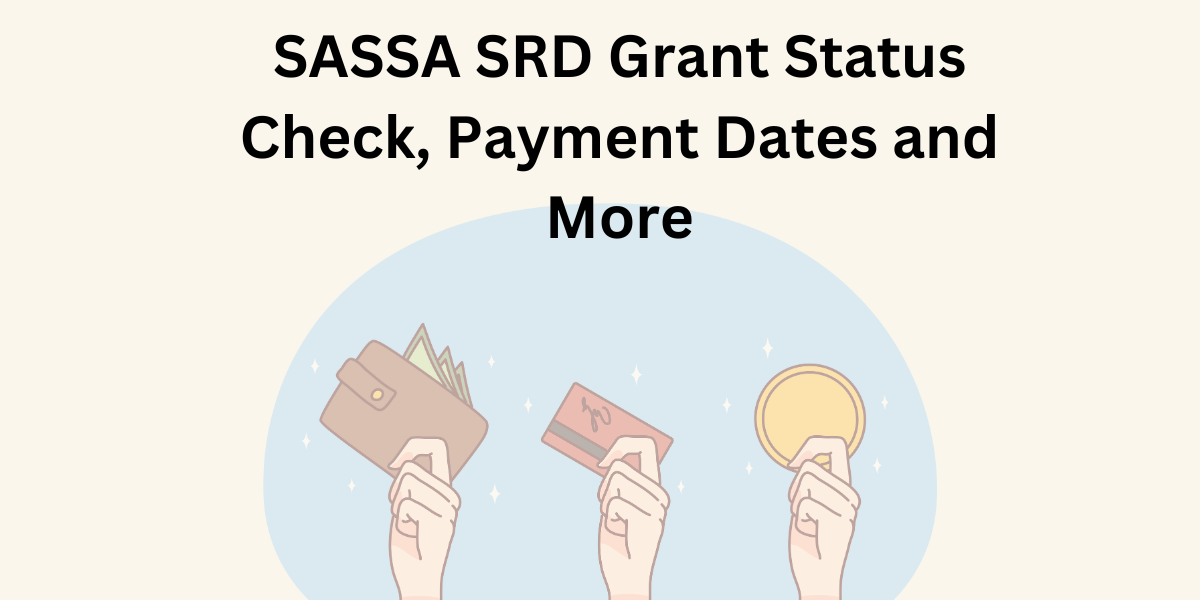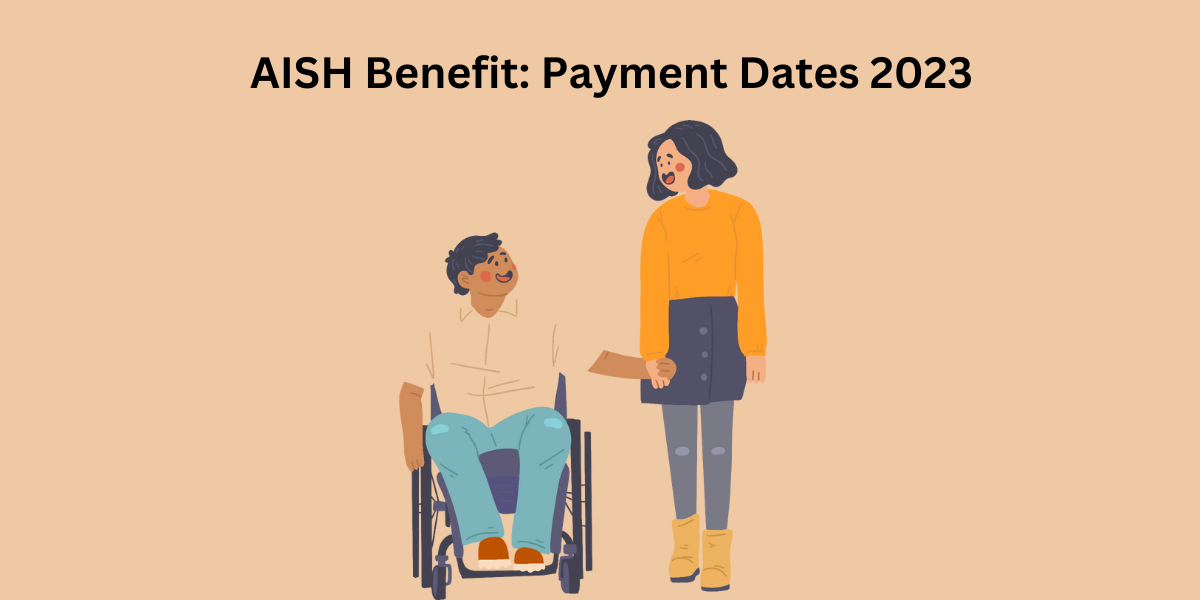This article is all about Canada’s minimum wage increase. Are you wondering how it all started, what is there for the future, and what is the history behind it? The Canadian Government decides the minimum wage an employer can pay their employees. Each province has its own rates, and industrialists need to follow. Keep reading for crucial information on Minimum Wage Increase in Canada:
- Minimum Wage Increase
- What is Canada’s Minimum Pay
- Province-wise Minimum Wages
- Canada’s Minimum Wage Journey: Past and Future
- Special Cases: Minimum Wage Rules
- People May Also Ask
- How do I find out the minimum wage in my province?
- I have not been paid the minimum wage at my job for 2 months. What should I do?
- Which province currently offers the highest minimum wage in Canada?
Minimum Wage Increase
As we all know that on, every April 1st, the Canadian Government revise the Minimum Wage and adjusts it depending on inflation (CPI). It is like giving it a little increase in the minimum wage or making it double what it was last year. This is a great thing because it helps job seekers understand how much their skills are worth.
The minimum wage is the least amount an employer can pay their workers. The rate changes depending on where you are in Canada, as each province and territory has its own rules. The Federal Government takes care of its own employees’ minimum wage, and this rule applies to people working in private companies.
What is Canada’s Minimum Pay
The minimum wage is the least amount of wage an employer must legally give to their employees. In 2023, the minimum pay decided by the federal Government will be $16.65 per hour. Don’t forget that this is the least they can give, but it is definitely fine to pay more.
This pay depends on whether someone works full-time or part-time. Some provinces decide their rates by checking the consumer price index, which looks at inflation and figures out how much employers should pay their employees.
Important Links
Province-wise Minimum Wages
Different provinces have their own rules on how many employers should pay their employees. The Federal Government sets a baseline for the minimum wage, and then each province decides on its own rates. In 2023, here is what you can ask per hour wage:
| Province | Wages (P/Hr) |
| Alberta Minimum Wage | 15 CAD |
| British Columbia Minimum Wage | 16.75 CAD |
| Ontario Minimum Wage | 16.55 CAD |
| Manitoba Minimum Wage | 15.3 CAD |
| Nova Scotia Minimum Wage | 15 CAD |
| Yukon | 16.77 CAD |
| Nunavut | 16 CAD |
| Saskatchewan Minimum Wage | 14 CAD |
| Quebec Minimum Wage | Check Here |
- Yukon pays its workers the highest wage rate, at CAD 16.77 per hour.
- British Columbia (BC) is close to Yukon which is CAD 16.75 per hour.
- Saskatchewan, Alberta, and Nova Scotia pay their workers less. This is because the cost of living and how prices go up (inflation) are lower than in some other provinces. They change the wages based on what is the living costs in those places.
Canada’s Minimum Wage Journey: Past and Future
If we look back in history and forward in the future. The future of how much people get paid (minimum wage) depends on something called inflation. In 2022, inflation increased by 6.08%, which makes it tougher for workers. However, here is the good thing: if we raise the minimum wage, more than 26,000 workers in Canada can live more comfortably.
If we look at the history around the 20th century, they introduced minimum wage rates to make sure workers had a good life and did not struggle with poverty. It is like a little increase to their hourly wage. In 1976, it was set at 11 CAD, and the next year, it increased to 24 CAD per hour as that is the history of the 20th century.
Inflation can make life tough for workers, but here is where the federal wage rate steps in to help. It makes sure that employees can live comfortably and provide sufficient for their families.
As inflation increases and decreases, wages will increase too, and the Government will make sure it keeps up. It is important for people to know the wage rate in their area. They can take legal steps if their officers pay less than the minimum.
These wage rates are the same for everyone, mainly in some federal industries like transportation, banks, and postal services. Overtime rates are there to make sure employees get paid extra for extra work.
On average, a worker takes home $4,108 USD each month, which adds up to $49,300 USD a year. It is an interesting fact that men earn about 5% more than women in the same career field.
Special Cases: Minimum Wage Rules
Not every job follows the same minimum wage rules. There are special cases in certain provinces and territories.
Like if we talk about Ontario, they just announced something new. Students working during the school session get different minimum wages based on their hours. If they work 28 hours or less each week, they get $14.60 per hour. However, if they work more than 28 hours, the minimum wage increases up to $15.50 per hour.
In Quebec, regular employees earn a minimum of $14.25 per hour. However, if you are in a job where you get tips, then your minimum wage is $11.40 per hour. It is like they have their own rules for different types of work.
People May Also Ask
How do I find out the minimum wage in my province?
You can check your province’s official website for information on the minimum wage rate.
I have not been paid the minimum wage at my job for 2 months. What should I do?
Contact your territorial employment standard office and speak up about the issue.
Which province currently offers the highest minimum wage in Canada?
British Columbia.















